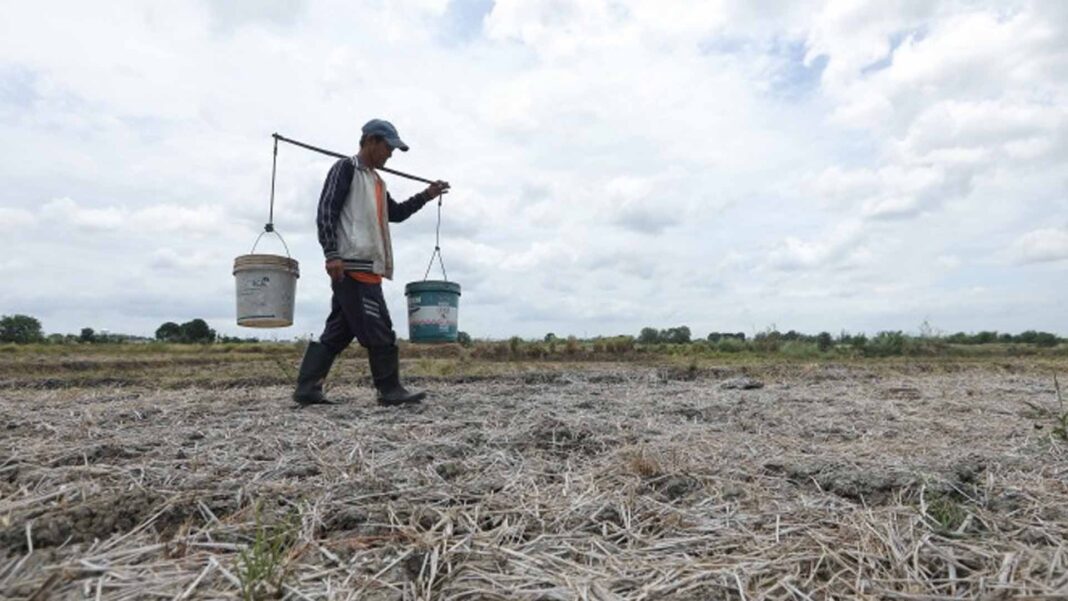The provinces of Pangasinan, La Union and Ilocos Sur are set to experience dry spell in December, while Ilocos Norte will have dry condition due to the ongoing El Niño phenomenon.
Areas under dry condition experience below normal rainfall for two consecutive months while those under dry spell experience the same conditions for three consecutive months, and even register way below normal rainfall conditions for two consecutive months.
“Below normal rainfall condition is equivalent to 21 to 60 percent reduction from average rainfall and way below normal rainfall coverage is equivalent to more than 60 percent reduction from average,” Department of Science and Technology-Philippine Atmospheric, Geophysical and Astronomical Services Administration senior weather specialist Rusy Abastillas said in a virtual forum on Thursday.
El Niño phenomenon, she said, increases the likelihood of below normal rainfall conditions, which could bring dry spell and drought. This will likely be evident this quarter of the year up to the first quarter of 2024 for the Philippines.
Based on PAGASA’s forecast, provinces in the Ilocos Region will experience drought by the end of January up to March next year.
Nonetheless, the National El Niño Team has prepared the El Niño National Action Plan (NAP).
National Economic and Development Authority-Ilocos Region chief economic development specialist Rosauro de Leon, during the same forum, said the NAP was formulated to mitigate and address the impacts of the climate pattern.
He said NAP covers water, food and energy security as well as health and public safety.
The Department of Environment and Natural Resources is the lead agency for water security, the Department of Agriculture for food security, Department of Energy for energy security, Department of Health for health, and Department of the Interior and Local Government for public safety.
Among the measures being implemented for water security are close monitoring of Angat Dam and review of reservoir water supply, operationalization of water treatment plants in Imus in Cavite, Marikina and Paranaque, cloud seeding operations, leak management program and construction of rain water harvesting facilities.
For food security, the measures include improvement of irrigation canals, construction of rainwater harvesting structures and installation of pump and engine sets, repair and rehabilitation of water harvesting structures for the rainy season, provision of early maturing or short gestation and drought tolerant rice seed varieties, and distribution of fertilizer and other soil ameliorants.
Measures under health security are the inventory of the capacity of water storage of health facilities, identification of sustainable alternative water sources and conduct of water testing, among others.
For long-term strategies, de Leon said they plan to fast-track the development of water supply sources including the Wawa and Kaliwa dams, which are set for development in 2025 and 2026, respectively.
The Department of Agriculture in the Ilocos Region recommends measures such as adjustment of planting calendars, adoption and promotion of water-saving technologies, use of early maturing or drought-tolerant crop varieties, application of organic fertilizer to increase and preserve soil moisture content, and application of crops and animal insurance, among others.
“The plan is constantly reviewed and adjusted as needed depending on the condition on the ground. There is also an online platform on El Niño being developed that is meant to be an information hub for all El Niño updates,” de Leon added. (PNA)



